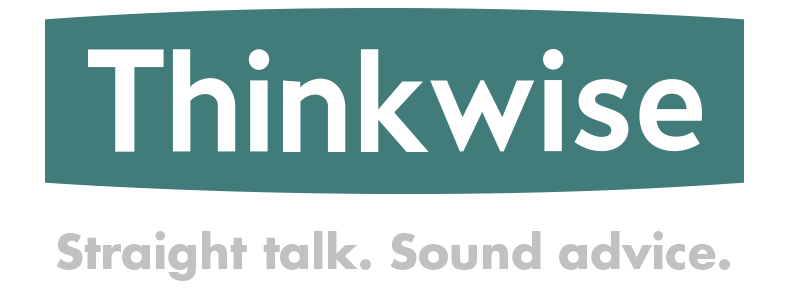No More Blind Spots: The Value of 3rd-Party UC Monitoring Tools
Why choose 3rd-party tools over built-in vendor tools?
There is a difference between third-party and vendor tools. Vendors create tools to show that their system works, whereas third-party providers develop tools to locate problems and help fix them.
The larger a business is, the more complex it is to monitor. While small companies using a single UC platform might do fine without such services, they become crucial when it comes to complex multi-vendor environments. That’s where consultants like us come in: helping businesses identify UC performance issues quickly, get to the bottom of them, and promote swift resolutions.
UC Communication Issues: A Daily Challenge
Your operations, especially when you encounter a bad voice experience, shows a greater business impact than one might assume: Our clients tell us that they have experience with communication issues almost daily. And as small as these issues may sometimes be, if they annoy their customers enough, they might end up losing them as a result. If voice, video, or any other communication channels are core to our client’s business, then it’s a critical infrastructure aspect that they should look after.
Third-Party Monitoring: Deeper Data, Quicker Resolutions
What customers often lack when using vendor monitoring tools is more data. While these tools provide a certain level of data, it usually isn’t enough. A big part of consulting is seeing where we can collect more data, and we collect hundreds of data points from various systems within any ecosystem. Furthermore, it’s what we do with the data that makes all the difference: Digging deeper, truly getting to the bottom of complex communication problems, and solving them as easily and quickly as possible.
Utilize tools and analysis to solve the complexities
In our process, we incorporate data from a variety of sources – multiple vendor tools, devices and endpoints, networks and more. Using tools from Info-Tech Research Group and other resources, we analyze the information and provide practical insights to streamline problem solving and improve efficiency.
It is most often that we use our resource tools to find out directly if there were issues within the session or workflow, and which user or source they came from in order to not waste IT’s time on any potential issue that they can’t solve. Our client’s appreciate that not only can we highlight the issues and pinpoint the source, but more importantly, they’re able to tell IT teams whether a problem is in the realm of their control or not; and if it is, what they can do to solve it.
The Ever-Growing Complexity of a Multi-Vendor Market
Client’s should be monitoring various aspects of the UC environment, such as the critical infrastructure, the network itself, and related hardware. However, the ‘experience’ aspect is where things become more complex and is not so easily analyzed. Experience issues today are very similar to the ones we had 15 years ago, but the difference now is, the complexity is 100 times bigger. With numerous vendors with different country standards who have to meet different rules and regulations, there’s much more involved in trying to make that experience manageable.
Thinkwise Solutions’ responds to this challenge in various ways, one of which is remote endpoint monitoring, as well as comprehensive customizations for our customers. Our solutions and tools can be customized based on the various amount of complexity of their business or workflows.
To further enhance efficiency and prevent wasted time when investigating an issue, we can bring together analysis tools to score the cross-vendor experience. The scoring analysis is designed to review data points from different vendors – Avaya, Cisco, or Teams, RingCentral and others – and deliver an experience summary that is consistent and comparable, which is incredibly important for multi-vendor environments.
Vendor analysis encompasses issue identification, support for key vendors including Avaya, Genesys Cloud, and Webex, RingCentral, usability such as interactive dashboards, remote server monitoring, and more. Other areas of reviewing that go beyond the infrastructure and vendor tools include support for remote endpoints and advanced testing capabilities to ensure a seamless UC&C environment that enhances user experience. Our objective is to streamline operations, reduce the time to resolve any issue as it comes up and identify trends that our clients can then manage at a much wider basis.
Thinkwise is committed to accompanying customers on their technology journey, helping them avoid common pitfalls, figure out their needs, and keep up with industry trends. We accomplish this by offering enhanced management and insights and fostering a healthier UC&C environment and driving excellent user experiences.


